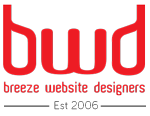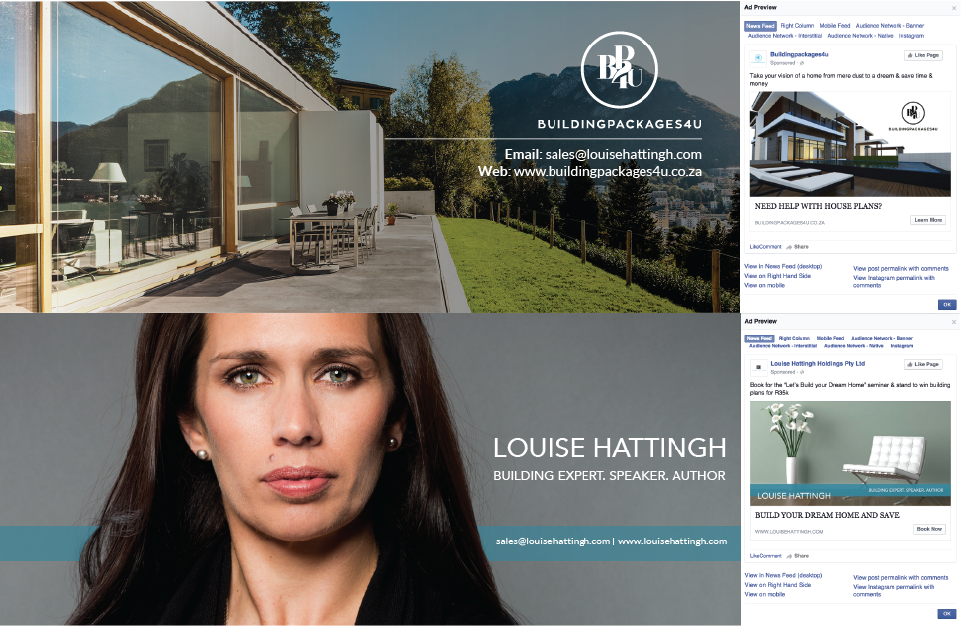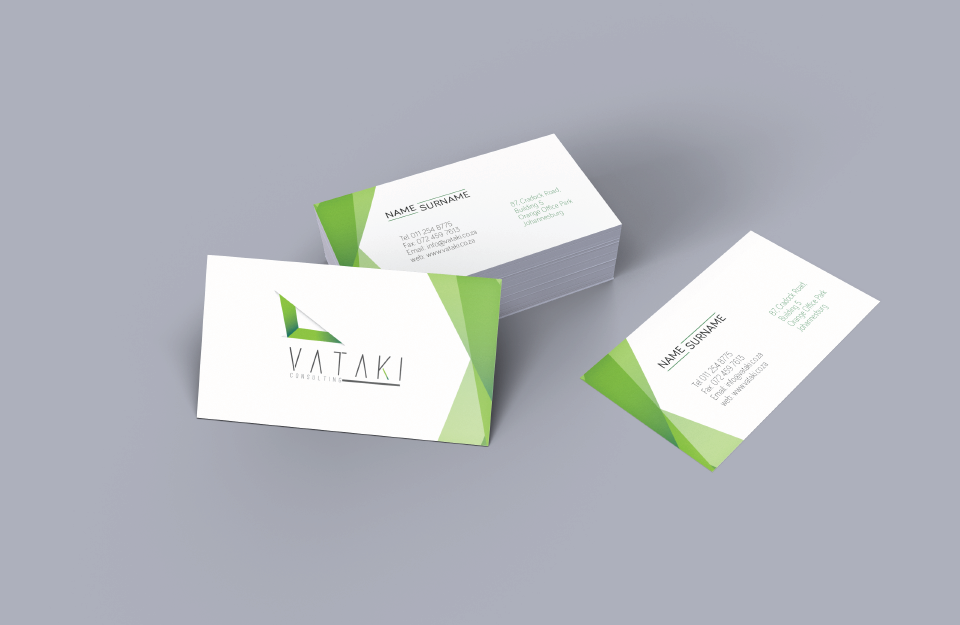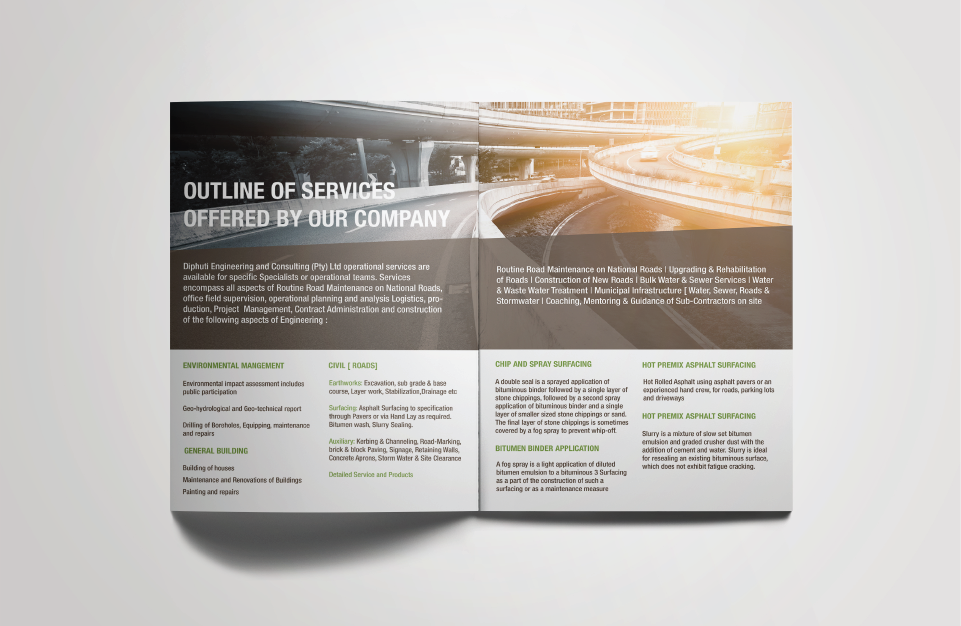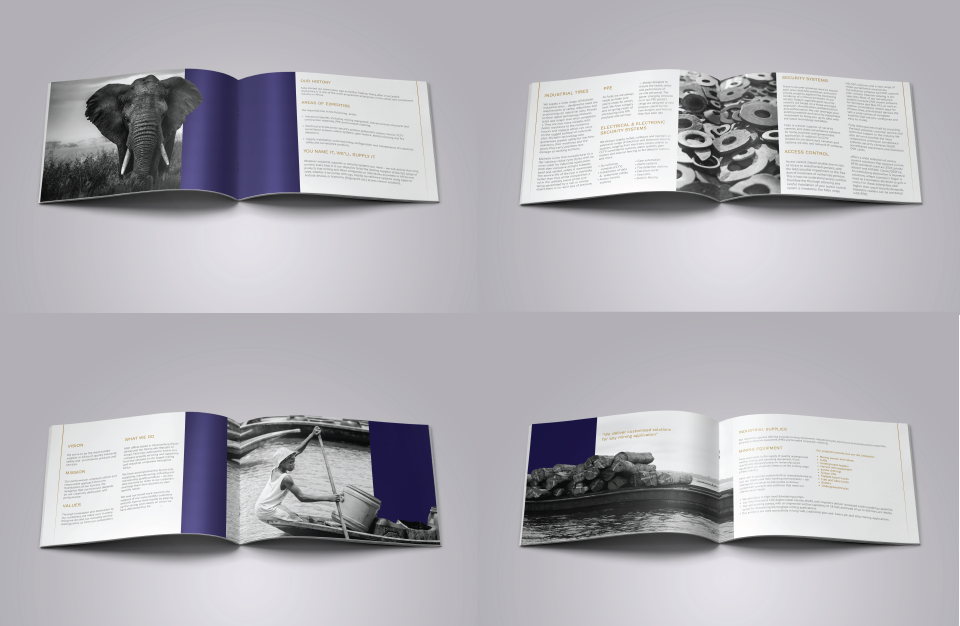29 Jan Digital & Print Media Benefits Your Marketing Efforts
Effective marketing is a persuasive tool that guides consumers to experience a sense of value for your product or service. It is a strategy of both analysis and application that figures out what consumers want and how best to supply them with it. Digital marketing manages this through digital media; the internet, apps social media, email and most electronic devices, often involving some element of measurable record on its effects. Print marketing engages with more traditional forms of communication such as newspapers or magazines, radio, TV and most corporate stationary items. A great marketing strategy favours neither digital nor print in isolation; here’s why integrating both will benefit your marketing campaigns.
Digital Marketing
Cost to Company
Digital marketing campaigns are often more cost efficient to implement; setting up a Facebook page, for example, and posting immediate content is free. Posts that contain mistakes or don’t do very well can be easily removed and replaced. The cost between sharing one flyer design online in comparison to printing 1000 flyers to be manually distributed is significantly different. Printed items are also often only printed in bulk pushing the cost threshold even higher.
Campaign Reach.
The ability to globalize content has become easier with the Internet and so a greater access to information for more people. This means that marketing efforts, shared online, have the potential to reach thousands of internet users across different time zones, in any country and across a variety of different access points or devices. This allows the awareness about your company, product or service expand to a wider audience, increasing your chances of success and positioning your company as a competitor against larger, well-known companies.
Feedback Happens in Real Time
Digital campaigns offer a multitude of ways to track how well you’re doing, when and why. Likes, shares, visitors to page, pay per click, subscription increases and conversion rates can all be tracked to tell you how interested people are in a product or service offering. These stats can help guide you to refine your marketing strategies; perhaps you’re marketing to the wrong age group or the campaign impact is reaching the wrong target audience. Customer feedback has become more immediate and more comprehensive in forums or comment areas, forcing customer service systems to operate faster and more directly to achieve client satisfaction.
Louise Hattingh Holdings (Pty) LTD and Buildingpackages4U Facebook cover images and ad campaigns
Versatility
The range of formats that a digital campaign can be consumed is somewhat limitless, Given the integrated nature of the internet, your product or service can be exposed to users through social media (a tweet mention or a Facebook tag), email, a website link, popup ads or shared directly via messaging services straight to their personal devices, the best part of this process being that the users are engaged in executing and distributing half of the marketing elements for you.
Print Marketing
Business cards Vataki Consulting
Tangible
While one can appreciate the rapidly moving, interactive and self distributing nature of the digital space, people are however creatures of physicality and are often more readily able to consume and relate to REAL things that can be held; and held onto. Think about how long magazines, business cards, catalogues and books tend to float around the house or in office waiting rooms? There is a sense of ownership that is implied when handing a consumer a printed piece of marketing.
Diphuti Company Profile
Bite Size
The irony of the digital formula is that the ease of access, immediacy and sheer volume of available information is that it has already begun to feel like an overwhelming and futile exercise of playing catch up. Social experiments like 99 Days of Freedom are testing how ‘life without Facebook impacts user happiness’. Content seems set to constant state of ‘refresh’ mode that a dose of printed material helps ground. An hour online can see the user having sifted through 20 brochures, leaving their brain to separate out and distinguish the information in each and hopefully remember it. A printed brochure becomes easily more memorable in comparison, it stands out automatically because it is presented as a single option.
Falia Projects and Industrial Supplies Company Profile
More Engaging
The medium of print has an inherent quality of forced or necessary contact because it is an object that will need to be held or opened in order to gain more from it. As an object, printed material also ‘lives’ in the same space as the consumer, unless discarded, there is an element of guaranteed interaction, as the consumer doesn’t have the option of closing one of 50 open tabs on an Internet window. The size, shape and texture of the document, the natural process of reading or viewing text and images off-screen will further add to a particular experience of the product or service by consumer.
Trust Factor
The distribution of printed marketing will often be carried out at a business meeting, by a brand ambassador, newspaper delivery service, shop assistant or teller. This means that the business card in your pocket, or that classy event flyer on your desk was given to you by someone you met, or spoke to, who considered you as a potential client, partner or customer. This connection with another person is what creates and instills a sense of trust in customers. The trust factor is also applied more liberally through print given the absence of potential viruses and spam that threaten or abuse user accounts and personal information.
Through recognising the strengths of both digital and print marketing strategies one can outline how each compliments the others weaknesses. A marketing strategy that clearly and correctly allocates the appropriate medium to the purpose and objectives of the strategy will be sure to create campaigns that generate measurable sales and success.
